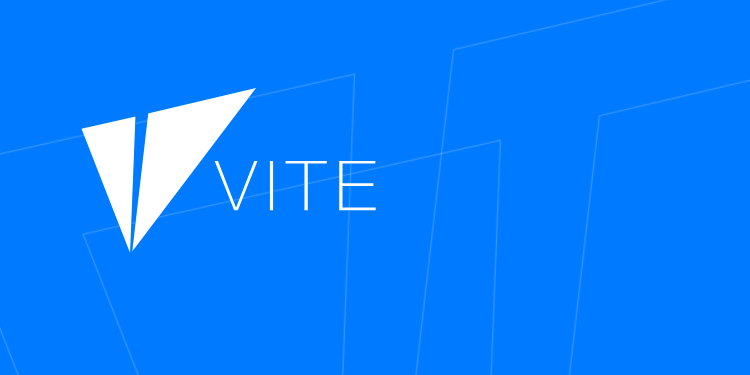Today, the team of Vite Labs published an outline of an approach that seems “sensible” in order to deliver a non-fungible-token (NFT) stack to the multi-chain decentralized blockchain ecosystem.
Vite, using a DAG ledger structure. is a universal dApp platform that can support a set of smart contracts, each of which is a state machine with independent state and different operational logic, which can communicate by message delivery.
Besides, Vite Labs is currently hosting a hackathon, and building an NFT platform is one of the bounties (the reward is $7500 in VITE token). As of now, there is still time to participate.
Proposed Stack
Basics
Each set of NFTs (e.g., CryptoPunks) is represented by a smart contract. The creation of a new NFT set requires the deployment of a new contract. Minting of each new item (e.g., Punk #1234) requires a call to a function in this contract. The contract stores a mapping between owner addresses and some metadata for the NFT item. The metadata may include the name, description, and an IPFS link of the item.
Storage
IPFS is being used to provide decentralized storage for the NFT item. More information about IPFS is available here (to be clear, this document also covers minting NFT on Ethereum, which isn’t relevant in this case).
Transfer
The owner of an NFT item can call a function in the NFT smart contract to effect a requisite change in the ownership table.
Trading/Auction
An exchange between a Vite-native asset (e.g., $VITE) and an NFT item can be implemented as a function on the contract. A user can send funds while calling this function to effect a paid transaction. This function will be the building block for the trading and auction functions of the NFT platform.
Display
Users log into a web app with Vite Connect and see their digital content as resolved from the IPFS link in the relevant NFTs they own.
“Note this is a very simple approach. For instance, this doesn’t take into consideration the ‘approval’ function as outlined in Ethereum’s EIP-1155 allowing another operator to manage one’s tokens. As such, there may be many other approaches, and we encourage community builders to explore them.”
– The Vite Labs Team
